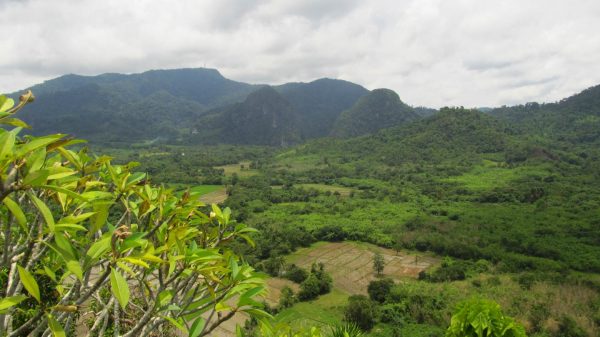via Archaeological Research in Asia, 25 January 2019: A new paper by Roberts and Amano looking at human occupation of different types of environments in Southeast Asia suggests that modern humans are ecologically distinct from other hominin species.

Plastic pioneers: Hominin biogeography east of the Movius Line during the Pleistocene
While the “Movius Line” may no longer represent a valid cultural division between Early and Middle Pleistocene hominins in South and Southeast Asia, it still offers a useful geographical and ecological window into changing processes of colonization by different members of the genus Homo. In this paper, we initially review the palaeoenvironmental and cultural record associated with Homo erectus and Homo floresiensis to argue for a relatively homogeneous adaptive strategy utilized by hominins moving east of this notional line during the Early and Middle Pleistocene. We then contrast this to the rapid dispersal of Homo sapiens into South Asia, Southeast Asia, and Melanesia, from at least 45,000 years ago, associated with specialized subsistence and technological adaptations to a variety of environmental settings. While earlier members of our genus appear to have followed riverine and lacustrine corridors, whose situation varied with periods of climate change, Homo sapiens specialized in adaptations to tropical rainforests, faunally depauperate island settings, montane environments, and deep-water marine habitats. After evaluating whether this distinction may be one of taphonomic and survey bias, and reviewing potential methodological developments that may facilitate further investigation, we suggest that the adaptive and cultural plasticity of our species enabled pioneering colonization and occupation not previously seen in this part of the world. This plasticity allowed our species to remain in this region through ever-increasing climatic instability and become the last surviving hominin in Late Pleistocene South Asia and Sahul.
See also:
























